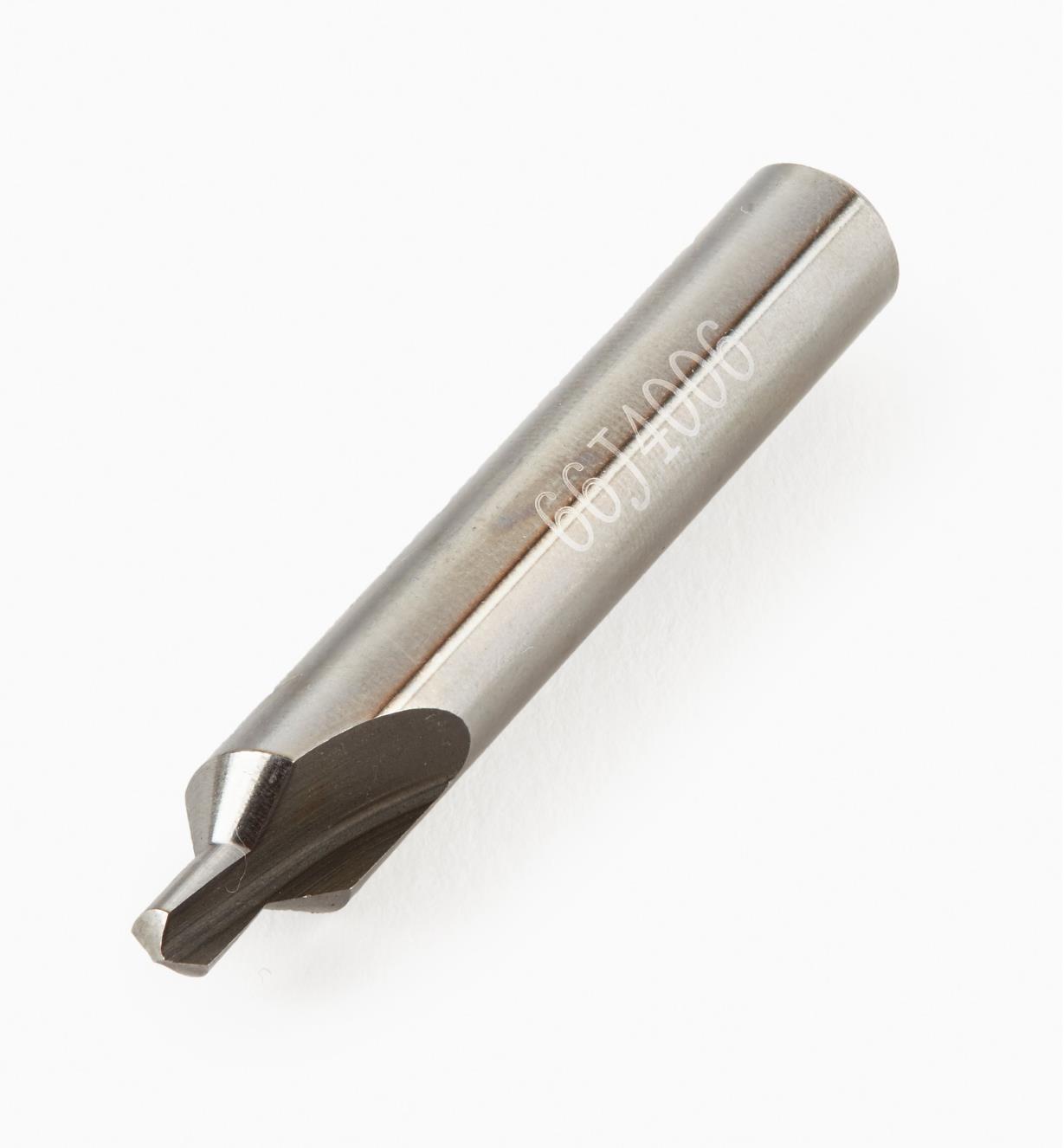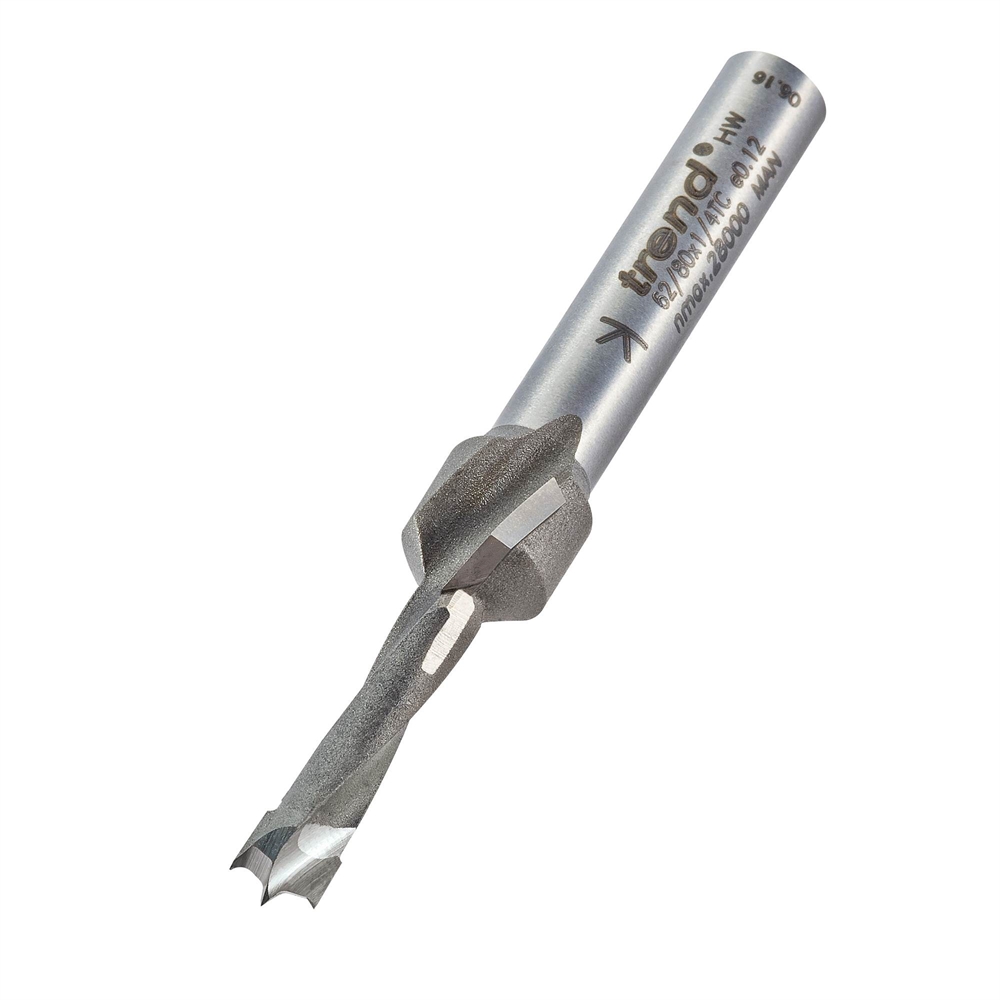

Regardless of the name given to the cutter, the surface being generated may be a conical chamfer (plunging applications) or a beveled corner for the intersection of two planes (traversing applications).īritish imperial inch screws ( BA, BSF, BSW, etc.), Therefore, countersinks overlap in form, function, and sometimes name with chamfering endmills ( endmills with angled tips).

The basic geometry of a countersink (cutter) inherently can be applied to the plunging applications described above (axial feed only) and also to other milling applications (sideways traversal). A countersink may also be used to remove the burr left from a drilling or tapping operation thereby improving the finish of the product and removing any hazardous sharp edges. A common use is to allow the head of a countersunk bolt, screw or rivet, when placed in the hole, to sit flush with or below the surface of the surrounding material (by comparison, a counterbore makes a flat-bottomed hole that might be used with a socket-head capscrew). JSTOR ( November 2009) ( Learn how and when to remove this template message)Ĭomparison of countersunk and counterbored holes.Ī countersink (symbol: ⌵) is a conical hole cut into a manufactured object, or the cutter used to cut such a hole.Unsourced material may be challenged and removed. Please help improve this article by adding citations to reliable sources. This article needs additional citations for verification.


 0 kommentar(er)
0 kommentar(er)
